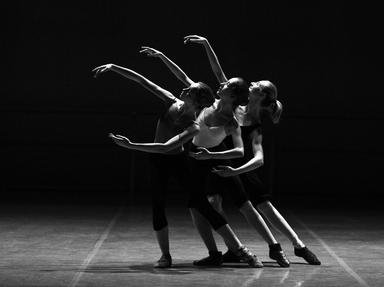Quiz Answer Key and Fun Facts
1. "Il ballo delle ingrate" (Claudio Monteverdi)
2. "Don Juan" (Christoph W Gluck)
3. "Giselle" (Adolphe Adam)
4. "Coppélia" (Leo Delibes)
5. "The Sleeping Beauty" (Pyotr Tchaikovsky)
6. "The Rite of Spring" (Igor Stravinsky)
7. "Cinderella" (Sergei Prokofiev)
8. "The Prince Of The Pagodas" (Benjamin Britten)
9. "Caroline Mathilde" (Peter Maxwell Davies)
10. "Alice's Adventures in Wonderland" (Joby Talbot)
Source: Author
stedman
This quiz was reviewed by FunTrivia editor
looney_tunes before going online.
Any errors found in FunTrivia content are routinely corrected through our feedback system.
